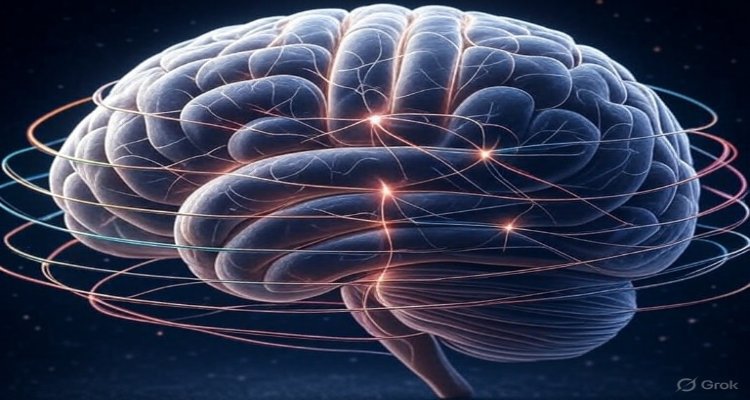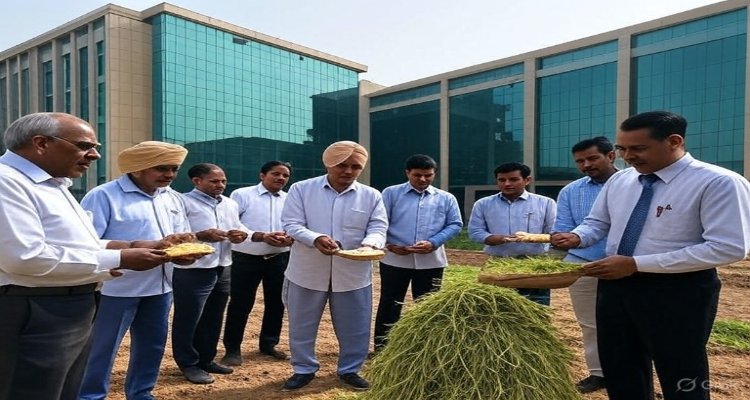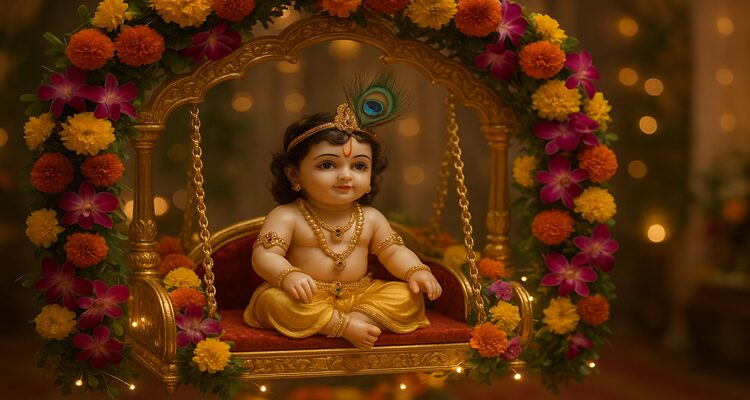Sacred Story of Janmashtami: History, Rituals, and Significance
Discover the complete history, rituals, and spiritual significance of Janmashtami. Learn why Hindus celebrate Krishna’s birth and what it means today.
Introduction
Every year, millions of devotees across India and beyond celebrate Janmashtami, a vibrant festival that marks the birth of Lord Krishna, one of Hinduism’s most beloved deities. Streets light up with devotional songs, temples resonate with chants, and households prepare special offerings in his honor. But why is Janmashtami celebrated? What is its complete history, and what rituals make it so unique?
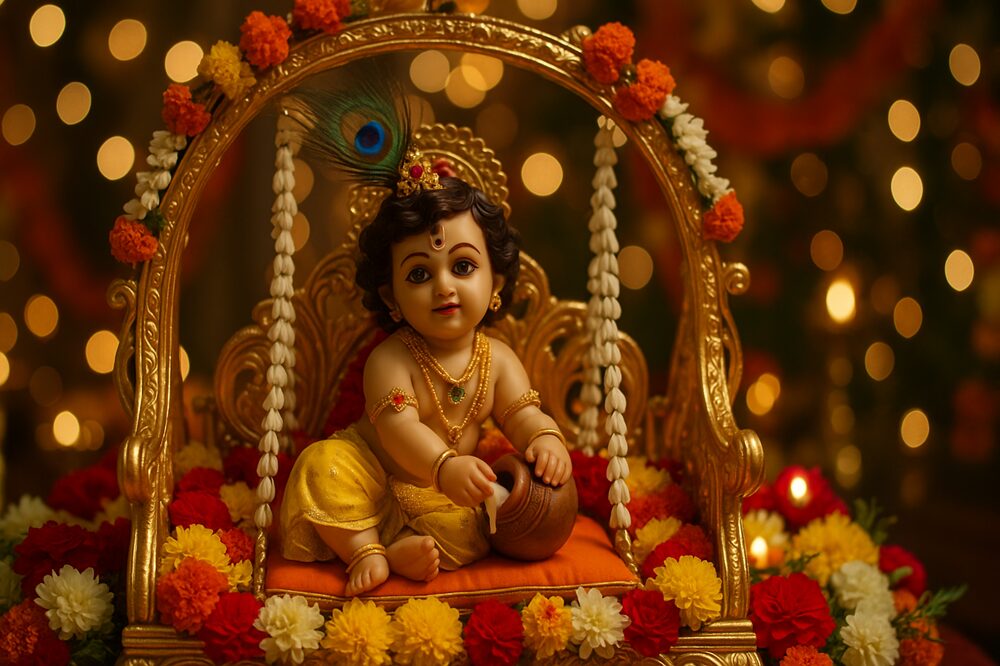
Historical Background: The Birth of Krishna
Janmashtami, also known as Krishna Janmashtami or Gokulashtami, commemorates the midnight birth of Krishna, the eighth avatar of Lord Vishnu. According to Hindu scriptures, Krishna was born over 5,000 years ago in Mathura, inside a prison cell where his parents, Devaki and Vasudeva, were held captive by the tyrant king Kansa.
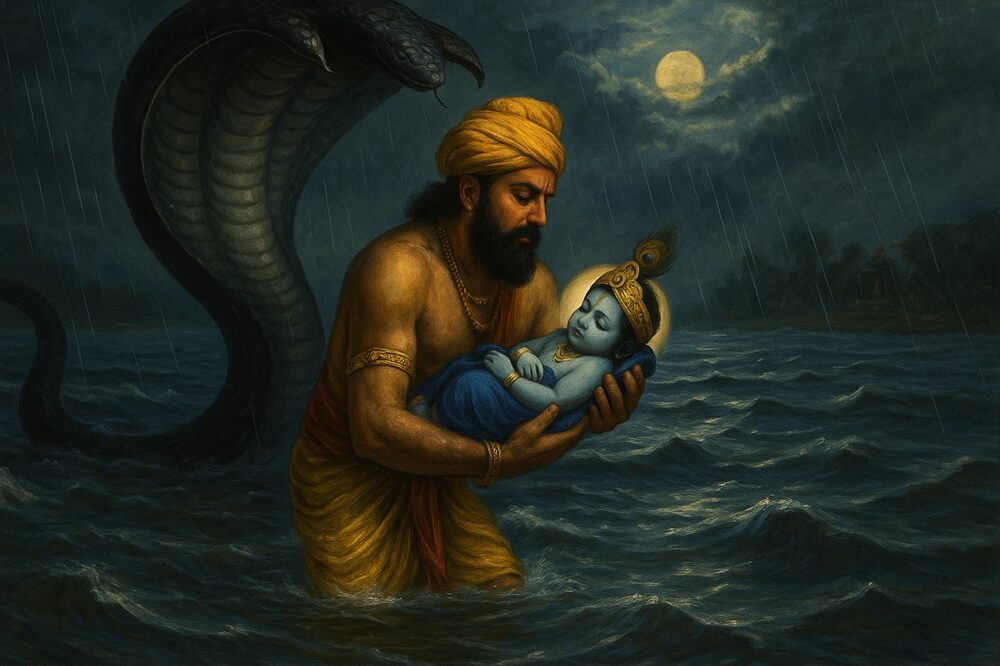
Prophecies had foretold that Devaki’s eighth child would end Kansa’s cruelty. To protect the infant Krishna, Vasudeva secretly carried him across the Yamuna River to Gokul, where the child was raised by Yashoda and Nanda. This tale symbolizes the victory of good over evil, light over darkness, and hope over despair—the timeless essence of Janmashtami.
Why Janmashtami Matters
Janmashtami is not merely a birthday celebration; it’s a reminder of spiritual values and universal teachings. Krishna’s life and the Bhagavad Gita, his dialogue with Arjuna during the Mahabharata war, continue to inspire principles of dharma (duty), karma (action), and bhakti (devotion).
For Hindus, Krishna represents love, compassion, mischief, and divine wisdom. His childhood tales—stealing butter, playing the flute, and dancing with the gopis—are celebrated as symbols of joy, while his guidance to Arjuna is revered as eternal philosophy.
Rituals and Traditions of Janmashtami
1. Fasting and Midnight Celebrations
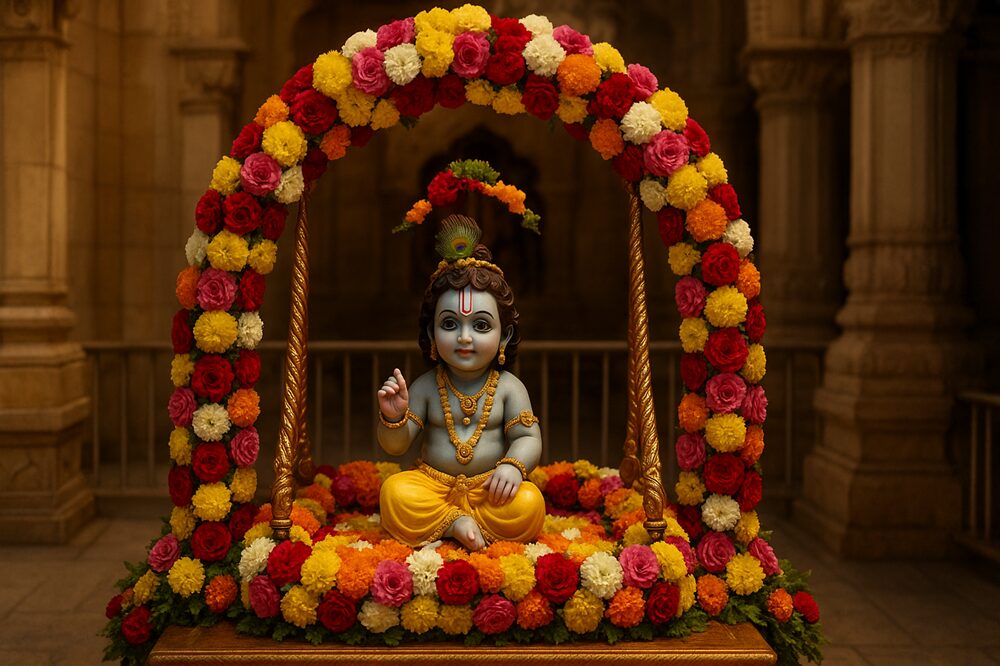
Devotees often observe a Nirjal fast (without food and water) until midnight, the time Krishna is believed to have been born. At temples, idols of baby Krishna, also called Laddu Gopal, are placed in cradles and worshipped with great devotion.
2. Jhulan and Dahi Handi
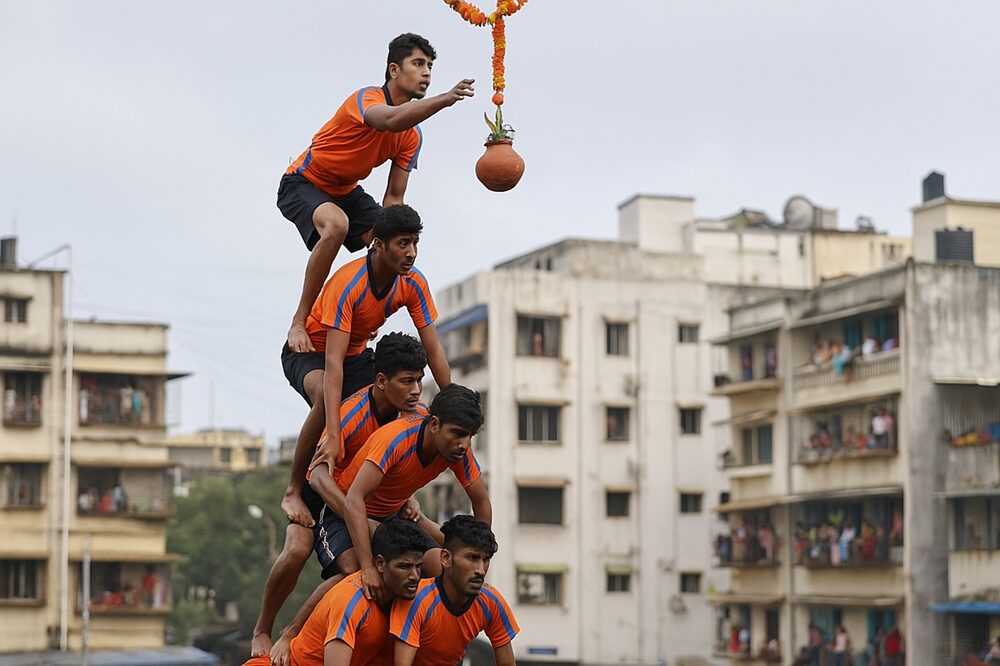
Decorated swings, known as Jhulan, symbolize Krishna’s playful nature, while the famous Dahi Handi event in Maharashtra re-enacts Krishna’s love for butter. Teams form human pyramids to break a clay pot filled with curd, symbolizing Krishna’s mischievous yet divine charm.
3. Bhajans, Kirtans, and Dance Dramas
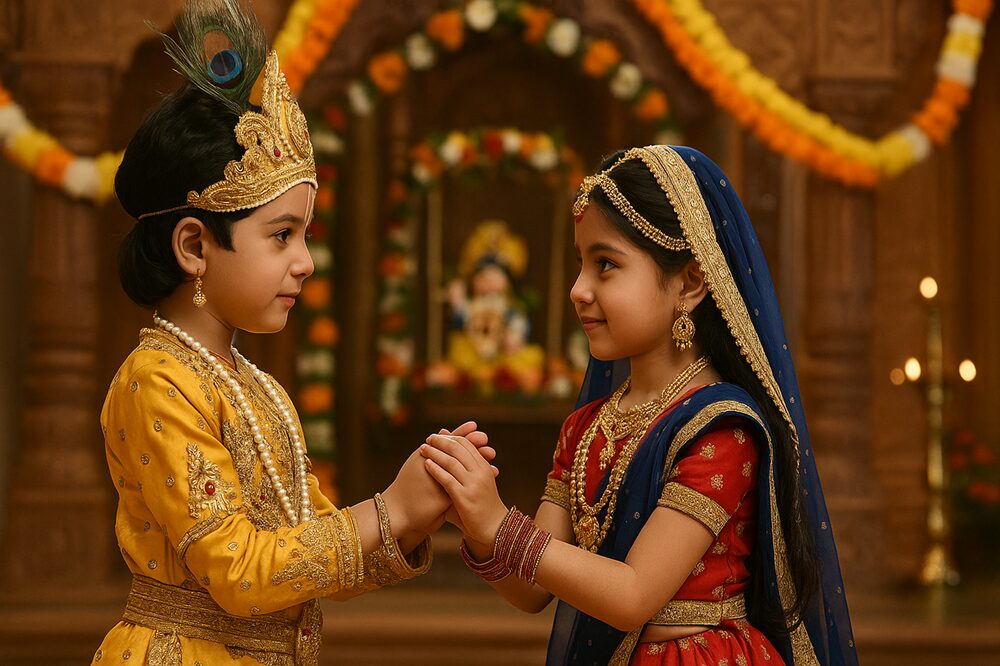
Cultural performances, including Raslila plays, retell Krishna’s life stories. Devotional songs and kirtans continue through the night, creating a deeply spiritual atmosphere.
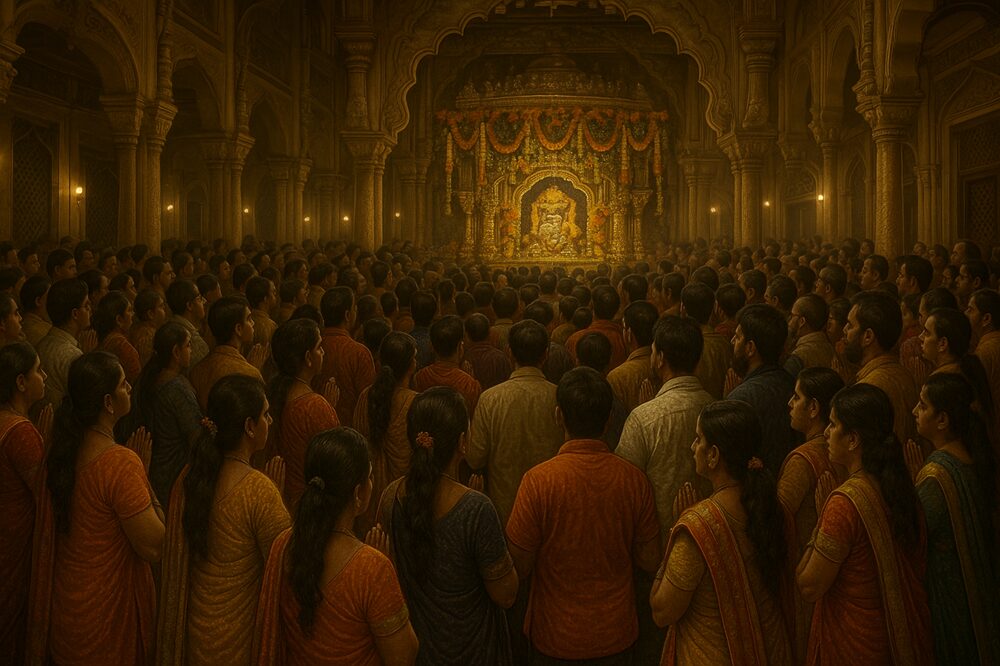
4. Offerings and Prasad
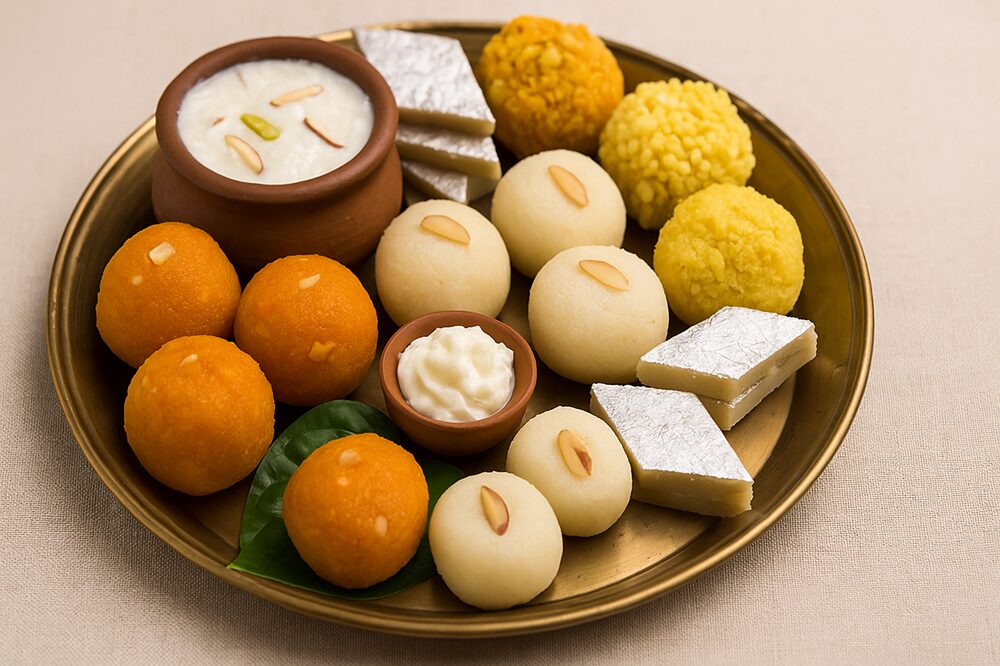
Special dishes such as makhan (butter), panjiri, sweets, and milk preparations are offered to Krishna, who is believed to be fond of dairy products. These offerings are later distributed as prasad to devotees.
Expert Insights and Public Sentiment
Religious scholars emphasize that Janmashtami’s essence is not limited to rituals but lies in its spiritual message of dharma. “Krishna’s life teaches us resilience and the courage to stand against injustice,” notes Dr. Ramesh Chaturvedi, a professor of Hindu philosophy.
Among the public, Janmashtami remains a festival of joy, uniting communities across social and regional divides. “It’s the one day when devotion, music, and togetherness fill the air,” says Meera Sharma, a devotee who participates in Raslila performances every year.
Global Reach and Impact
What was once a festival celebrated in Mathura and Vrindavan has now become a global spiritual event. From New York to London, Singapore to Sydney, Indian diaspora communities organize Janmashtami events in temples, cultural centers, and even virtual platforms.
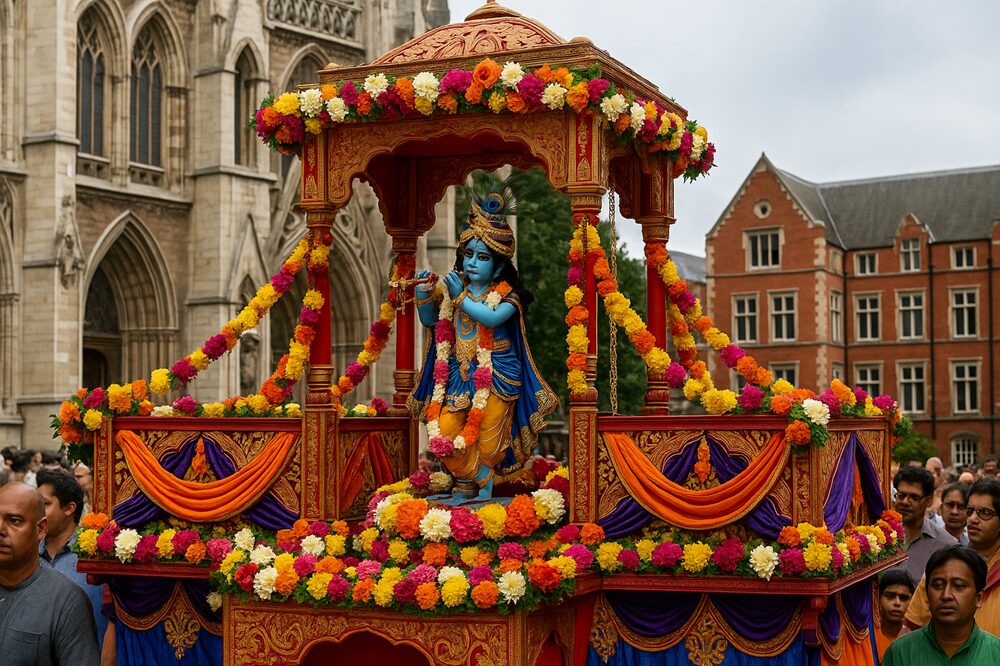
Its growing presence worldwide reflects Krishna’s universal appeal as a figure of love, balance, and wisdom. For younger generations, the festival bridges cultural roots and modern identity, keeping traditions alive in a fast-changing world.
Conclusion: The Eternal Spirit of Janmashtami
Janmashtami is more than a festival—it’s a living philosophy. It blends history, mythology, devotion, and cultural vibrancy into one celebration. Whether through fasting, midnight prayers, or breaking the Dahi Handi, the festival reminds us of the eternal truth: good always prevails over evil.
As Krishna himself declared in the Bhagavad Gita:
“Whenever there is a decline in righteousness and an increase in unrighteousness, I manifest myself to restore dharma.”
This timeless promise continues to inspire humanity, making Janmashtami not just a religious event but a universal reminder of hope, justice, and divine love.
(Disclaimer: This article is written for informational and educational purposes only. It is based on cultural, historical, and scriptural references. Readers are encouraged to consult authentic religious texts or experts for deeper spiritual understanding.)



